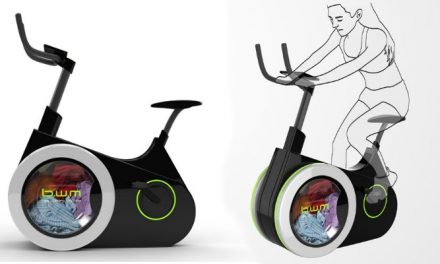E. Coli Bacteria in Wastewater Samples
Applying this knowledge to other sites elsewhere, it can be assumed many of out water tanks are full of bacteria that have become resistant to the strongest antibiotics we have. Waste water from municipal treatment plants and hospitals, which are already known to be hotspots for superbugs are full of this dangerous bacteria.
The shocking results were that every single sample tested contained some form of E.coli, and from these, 96 percent contained antibiotic-resistant forms of E. coli. The scientists were shocked to find out that the wastewater from the city had twice as many E.coli bacteria that that which came from hospitals.
These multi-drug resistant bacteria are now the most frequently isolated ones in French hospitals, and in many countries. The extent to which the discharge of (antibiotic-resistant E. coli) into the environment contributes to its global spread remains uncertain.
Bacteria may actually be made worse by treating water
The effects of this on humans is still not fully known however, microbiologist John Scott Meschke from the University of Washington in Seattle has stated that current water purification techniques are adequate for making water safe enough to drink, but that may not be the case.
*Article originally appeared at Organic & Healthy.












